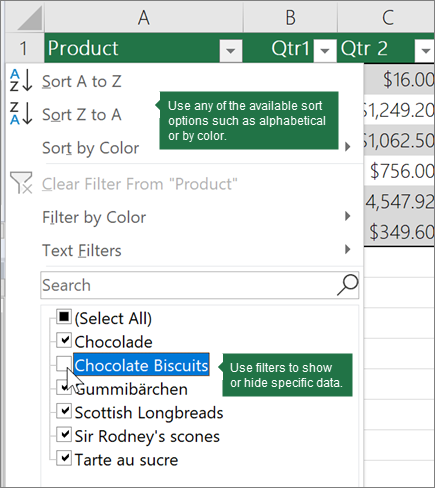

Some users have found novel applications for Excel that harness its power for business. Track Leads, Build Software, and Analyze Data It’s a simple learning aid that can run on just about any computer and requires only an Excel viewer application to use, not the Microsoft program itself. The worksheets utilize comment boxes, which within cells provide pop-up details of what the lights and indicators do and what their different states mean. His company’s cockpit mockups, created as Excel worksheets, show diagrams of the switches and indicators. Behind the CockpitĮver think you could use Excel to train pilots?At Red Triangle, Todd Michael Edwards uses Excel to provide training for pilots around the world on planes ranging from regional jets to Boeing 747s. Her Website showcases a grab bag of unusual cases. She has also used Excel to create two-page brochures and business cards. Gewand takes photos that she has scanned into Excel as references, and then draws them as clip art by assembling lots of filled shapes made with Excel’s drawing tools. She uses the program to create clip-art images, and she wrote a book showing how she does it. Writing letters, however, is comparatively simple compared with what Debbie Gewand can create in Excel. Although a dedicated word processor offers far superior tools, you can still write a letter or short document in Excel, either by merging and enlarging cells to use for the text or by placing the content in a text box. This use isn’t terribly uncommon you may even know someone who does this. Word ProcessingĪt one end of the range of possible uses for Excel is its role as a word processor. Maybe after reading about creative ways other people have used Microsoft’s spreadsheet application, you’ll look at its potential for your work in a new light. If you’re in business, Excel is likely one of your day-to-day productivity tools. People have used Excel for all sorts of purposes, from teaching pilots their way around a Boeing 747 to creating clip art.Īlthough other programs perform such specialized tasks more quickly, accurately, and effectively, faithful Excel users often spurn those options, preferring to use the spreadsheet program they know rather than unfamiliar software. Excel’s simple interface lends itself to uses well beyond those that its designers ever imagined. Most advanced tasks become simpler and easier to do with the help of ‘IF’ and ‘IFS’ functions.Microsoft Excel spreadsheets hold more than a million rows of data and automate number crunching, but they can do so much more. The ‘IFS’ function is like a new variation of the ‘IF’ function to simplify nested ‘IF’ formulas.Ĭonsider these functions as the top logical functions you should learn.


’Value127’ – optional value(s) to return if the associated conditions are true also up to 127 values ’Condition127’ – optional additional conditions to check up to 127 conditions ‘Value1’ – value to return if the first condition is TRUE.

‘Condition1’ – first condition to check.‘value_if_false’ – optional the value returned if the condition is FALSE.‘value_if_true’ – optional the value returned if the condition is TRUE.‘logical_test’ – condition you want to test can be a cell reference, the output of a formula, or manually entered.


 0 kommentar(er)
0 kommentar(er)
